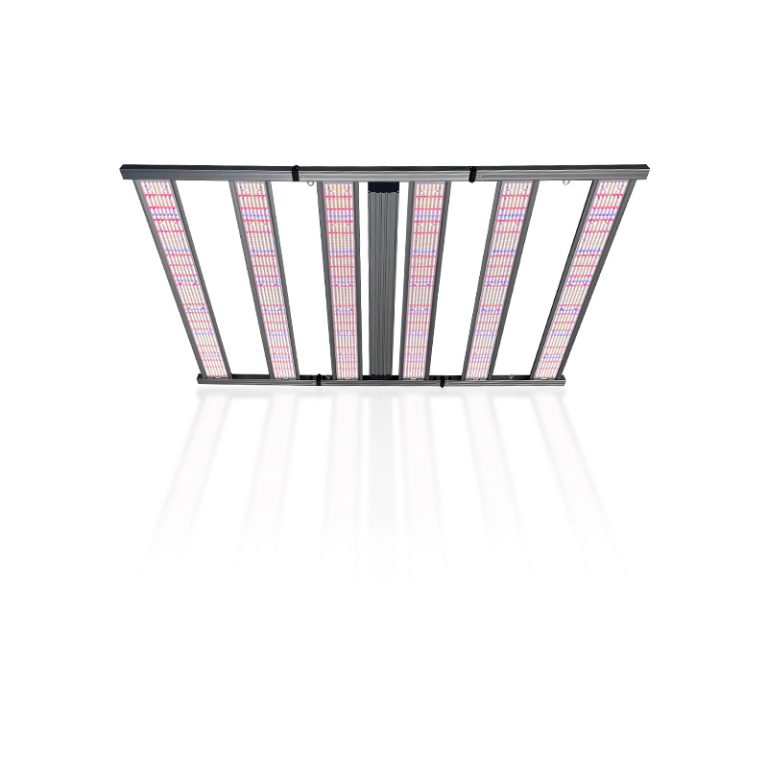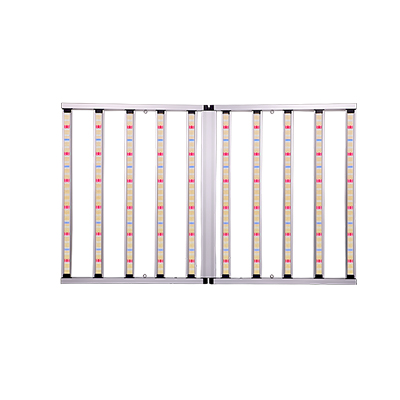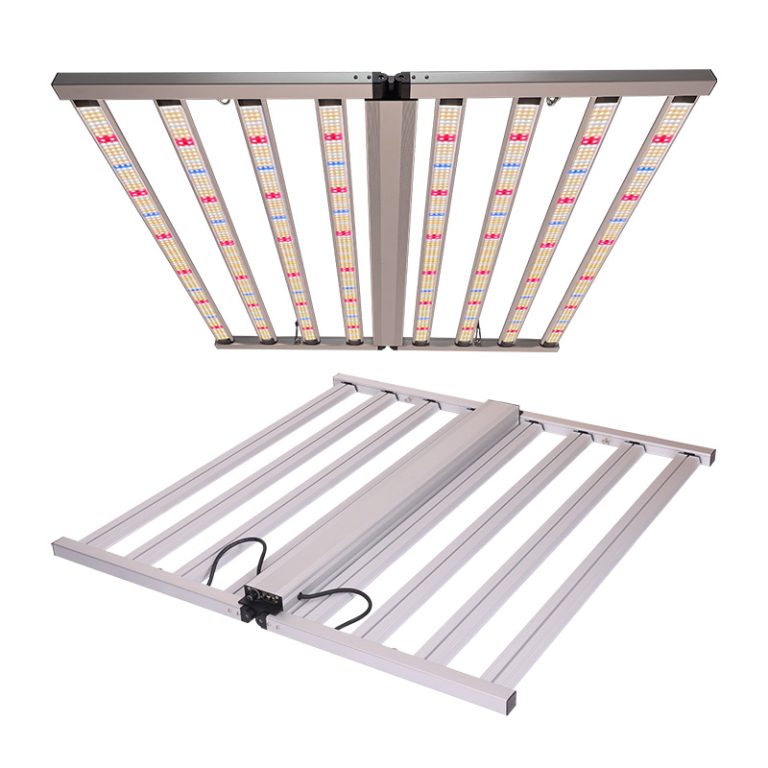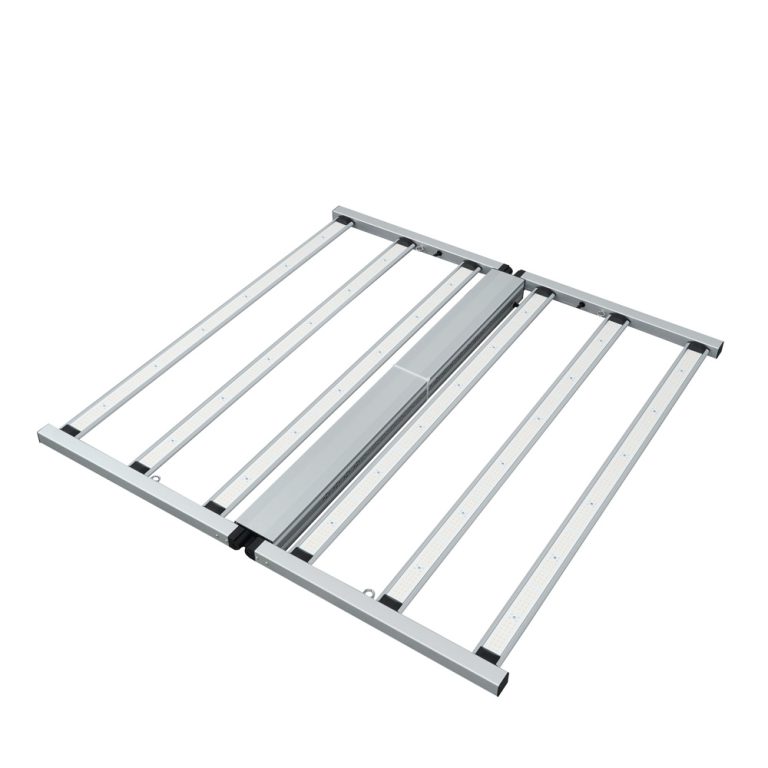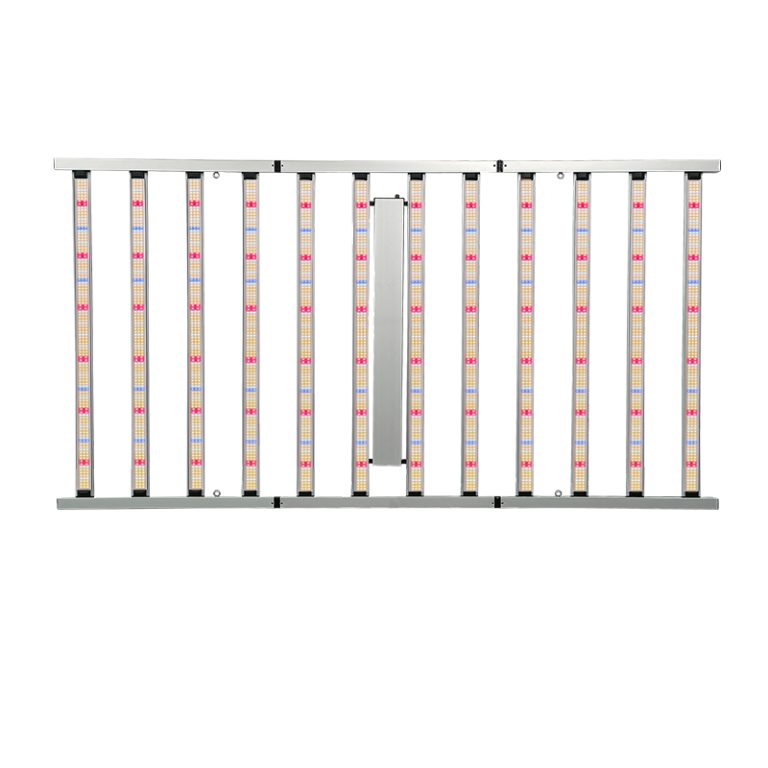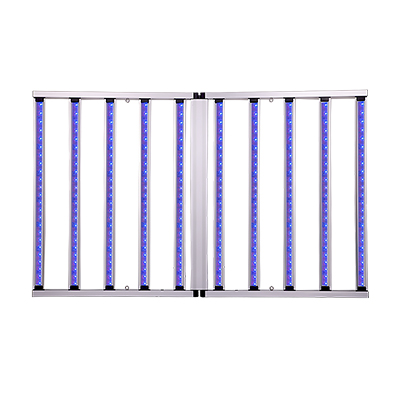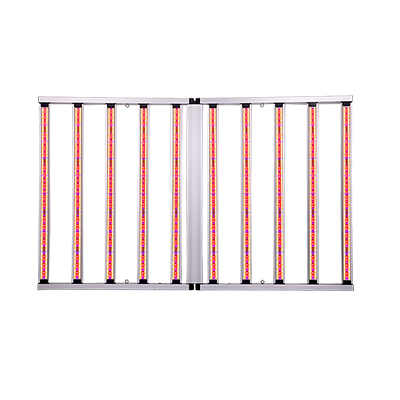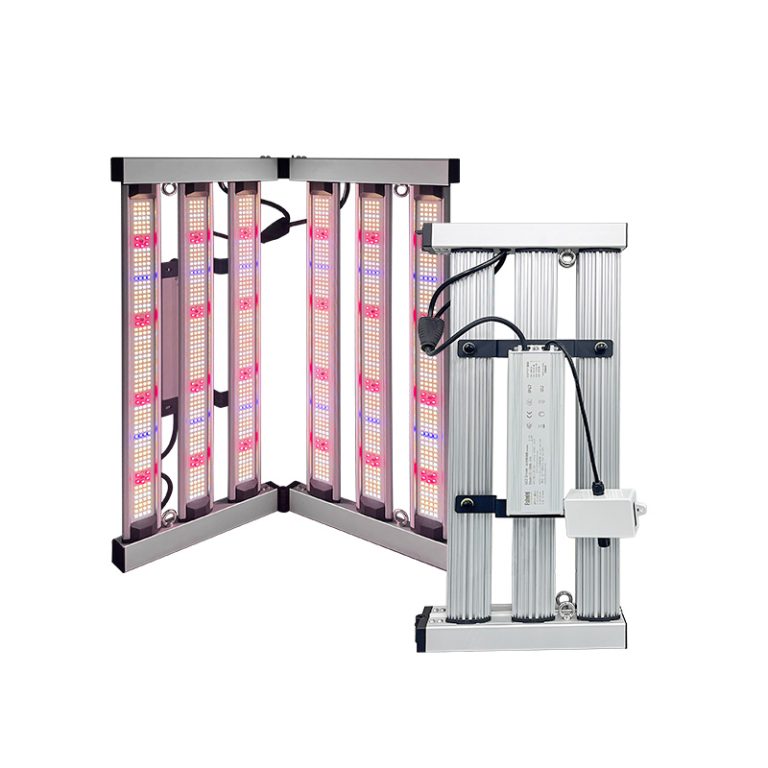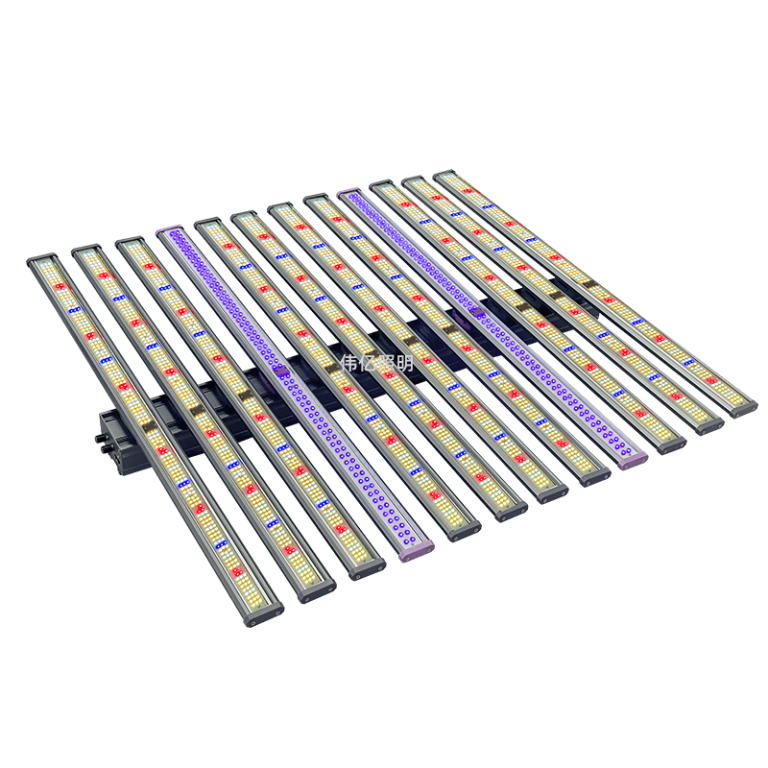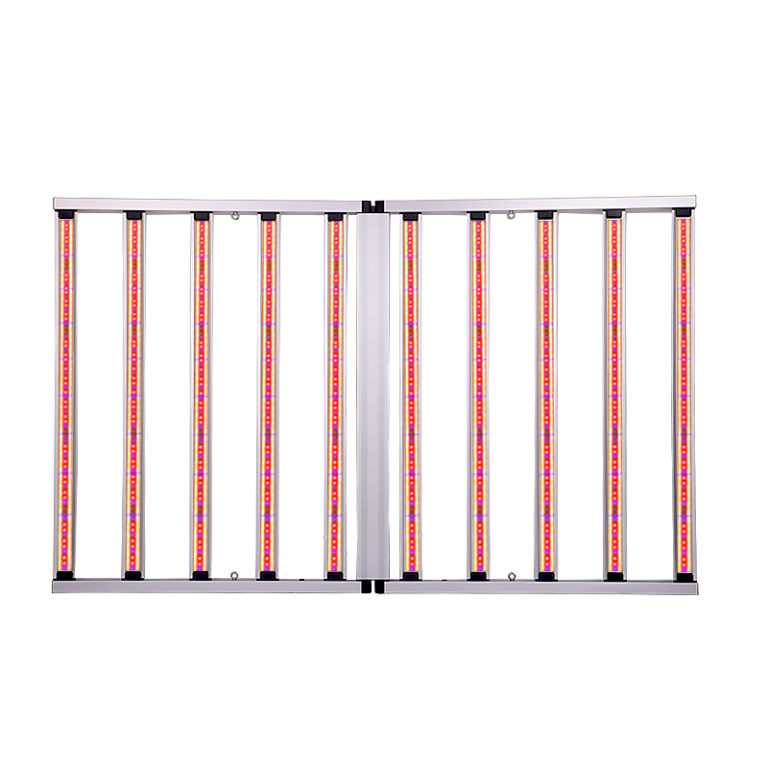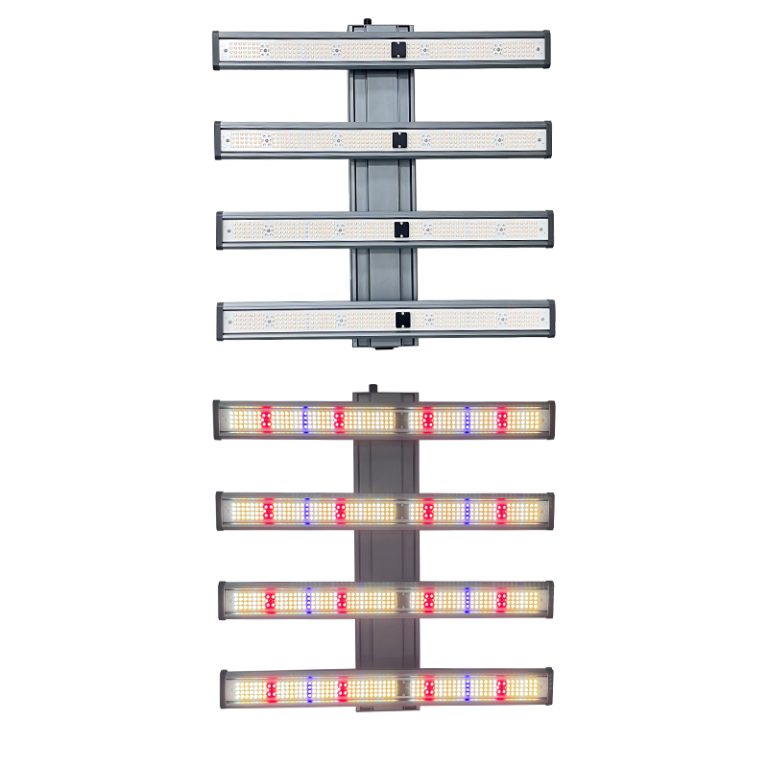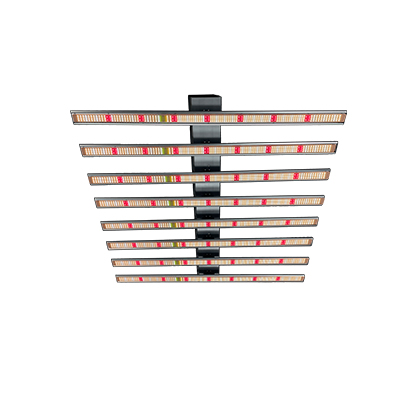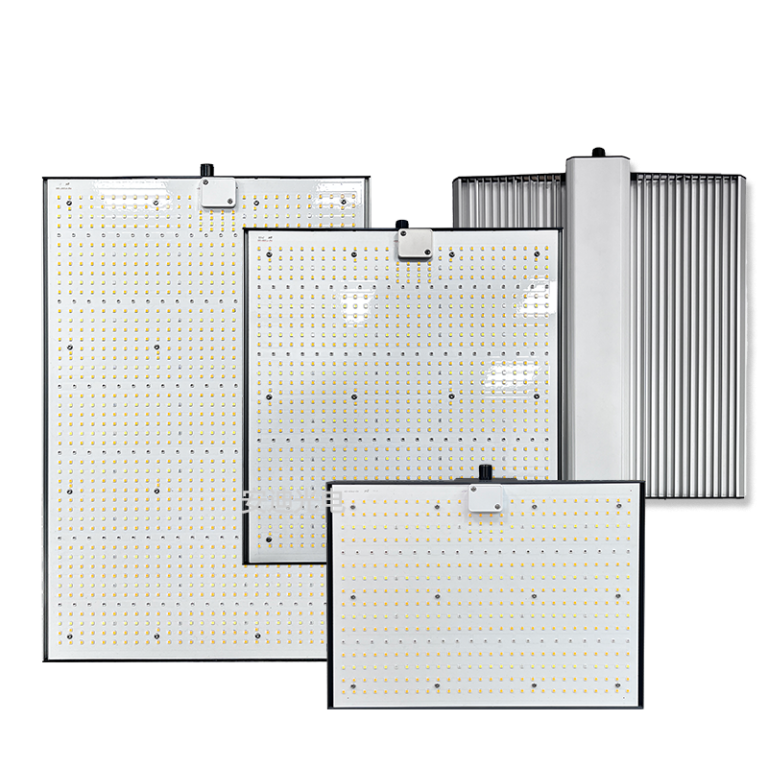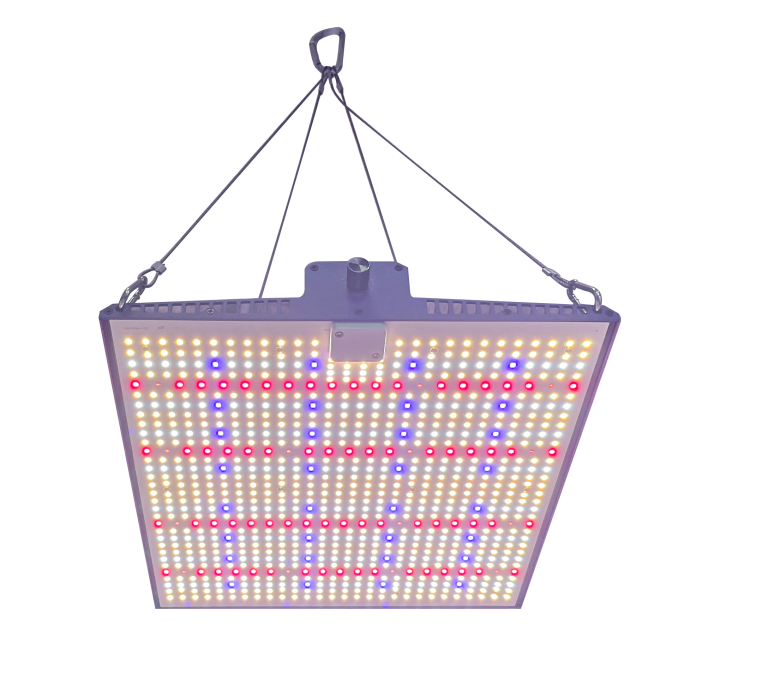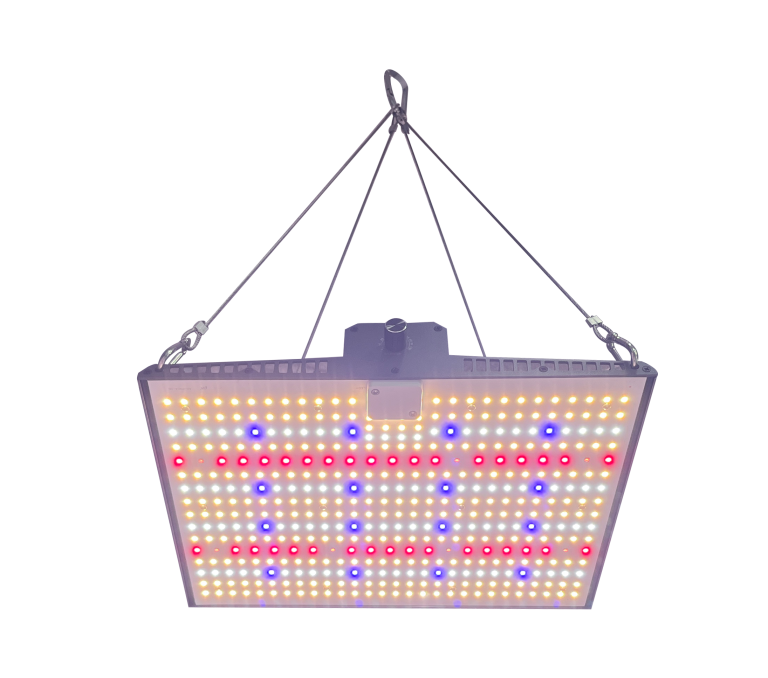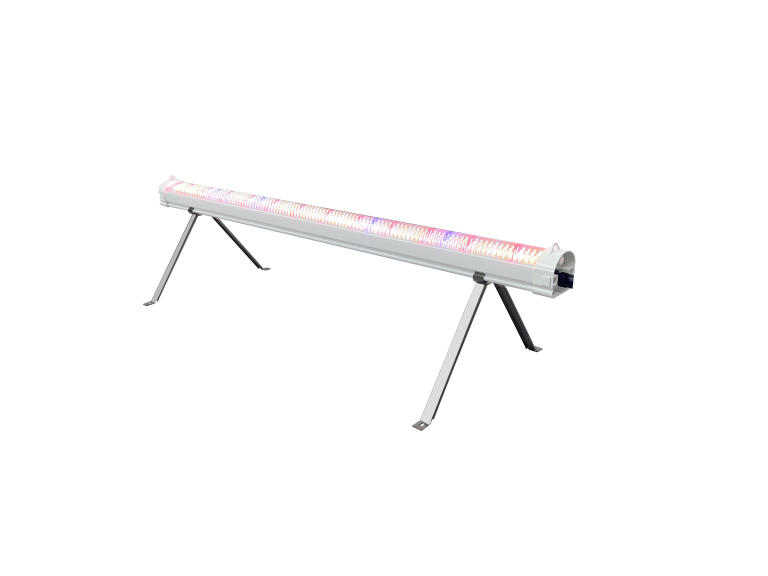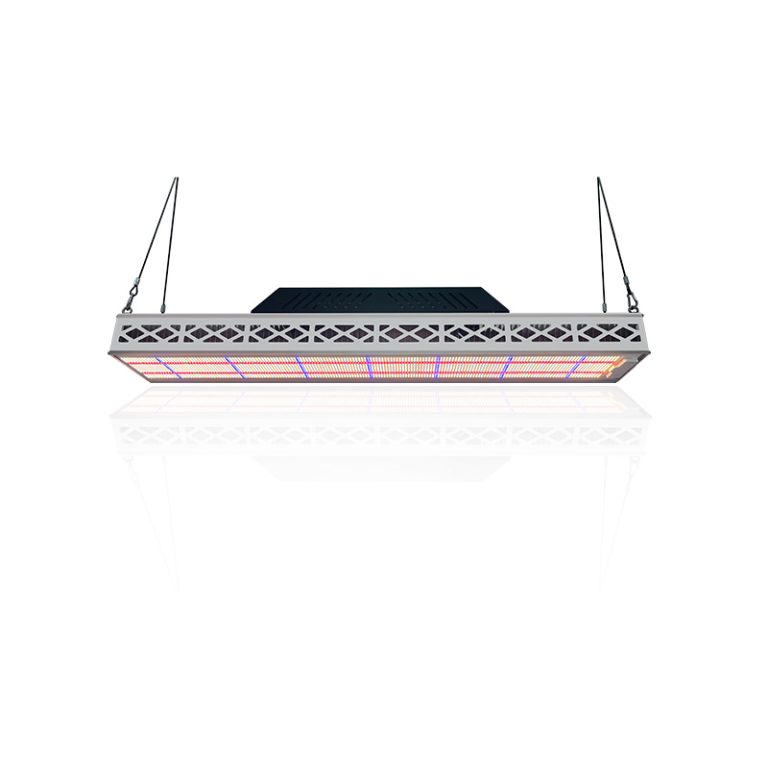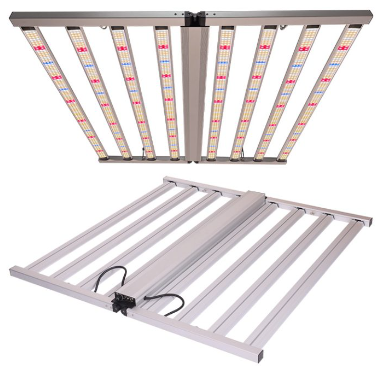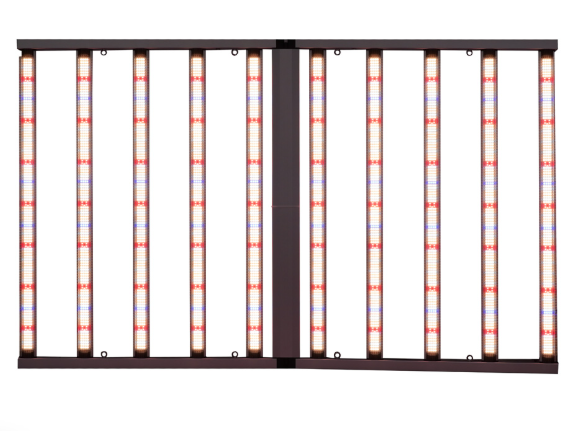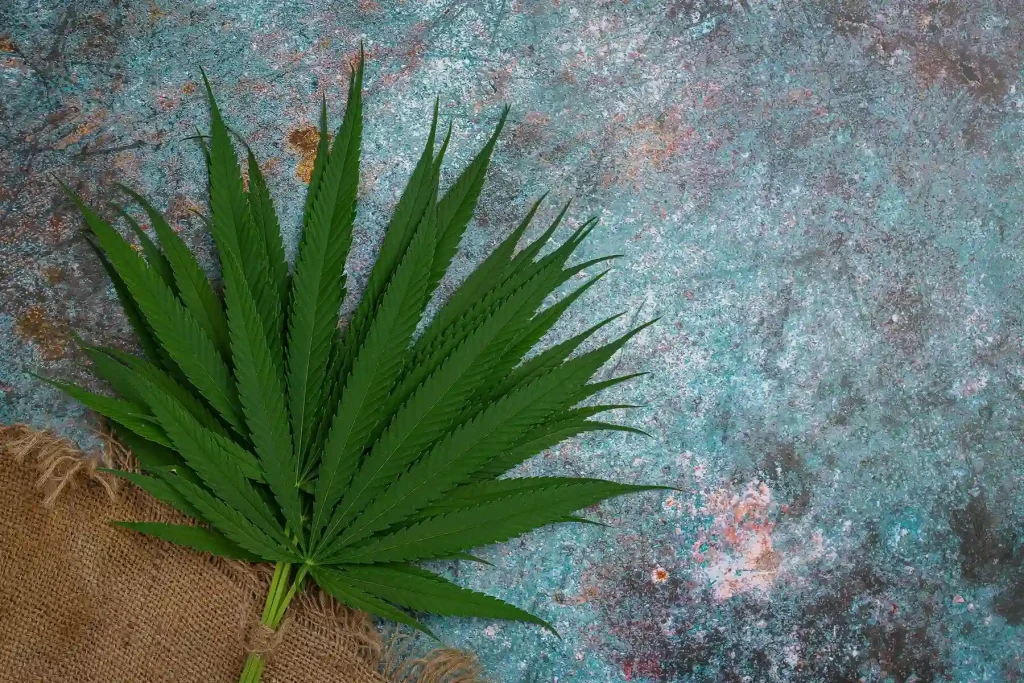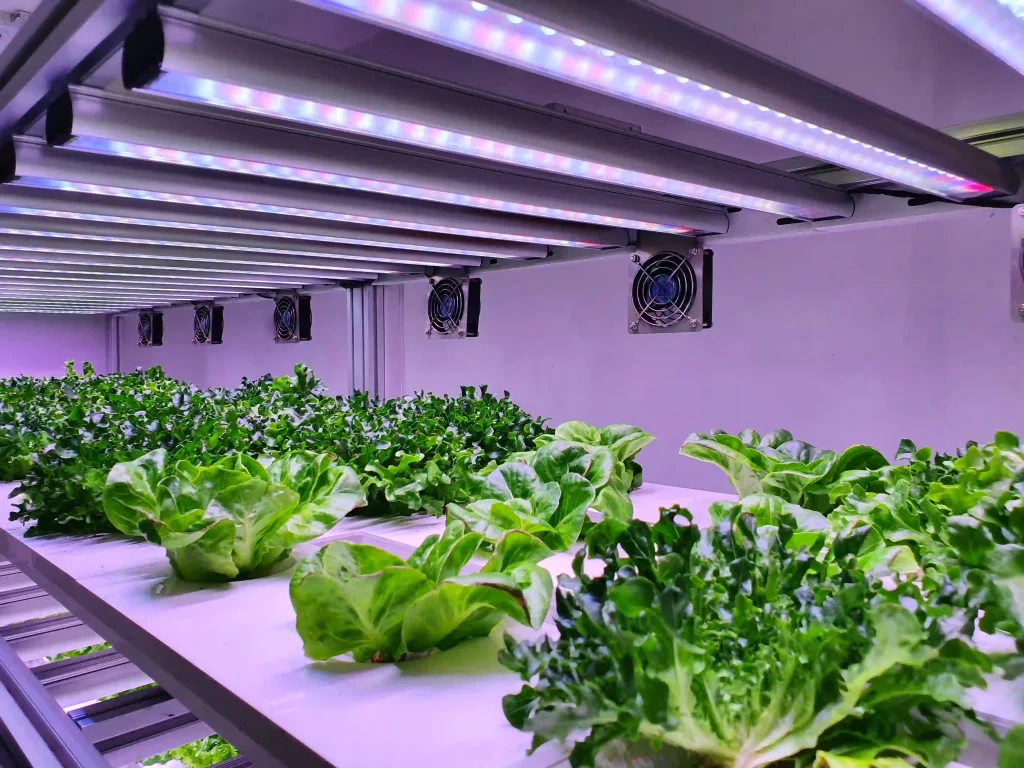Plants in the wild typically survive on natural nutrients found in the soil, but houseplants, especially those grown with plant growth lights, require additional fertilizers to thrive. However, over-fertilization can lead to nutrient burn, severely affecting plant health and yield. This article will help you recognize the symptoms of nutrient burn, fix affected plants, and provide preventive measures, all while ensuring your indoor gardening setup is optimized with the best plant growth lights.
 What Is Nutrient Burn?
What Is Nutrient Burn?
Nutrient burn, or “nute burn,” occurs when plants absorb excessive nutrients, leading to toxicity. This impacts water absorption and reduces photosynthesis efficiency, ultimately resulting in stunted growth, hindered bud development, and decreased yield quality. In extreme cases, over-fertilization can even kill the plant. Proper use of full-spectrum grow lights can mitigate some of these issues by providing optimal light for photosynthesis, promoting healthy growth.
Causes of Nutrient Burn
- Over-fertilization: This is the primary cause of nutrient burn, particularly during rapid growth phases when using high-intensity grow lights.
- pH Imbalance: Incorrect pH levels can prevent plants from adequately absorbing nutrients, leading to excess fertilizer uptake.
- Salt Buildup: Excessive salts from over-fertilization can interfere with nutrient absorption.
How to Spot Nutrient Burn Symptoms
Timely recognition of nutrient burn is crucial for protecting your plants under LED grow lights. Common symptoms include:
- Bending or curling leaf tips
- Brown, crispy leaf tips
- Scorched leaf edges, especially at the tips
- Abnormally dark green leaves
- Yellowing leaves, typically starting from the tips and moving inward
How to Fix Nutrient Burn
In Hydroponic Systems:
- Dilute the nutrient solution with pH-balanced water and ensure accuracy with a pH pen. Adjustments can help optimize the use of hydroponic grow lights.
- Regularly check and adjust nutrient concentrations to prevent nutrient overload.
- Trim damaged leaves to reduce plant stress and improve overall health under your plant growth lighting system.
- Place the plant in a warm location to help the soil dry out.
- Flush the soil with pH-balanced water to remove excess nutrients while ensuring your plants receive adequate light.
How to Prevent Nutrient Burn
Preventing nutrient burn hinges on understanding your plant’s nutritional needs, especially when using various types of plant growth lights:
- Research the types and frequency of nutrients required by your plants, and introduce fertilizers gradually.
- Use a pH tester to regularly check nutrient levels in the soil or water, optimizing your setup for use with full-spectrum lights.
- Monitor Electrical Conductivity (EC) to ensure nutrient concentrations remain within suitable limits, adjusting your fertilization based on the type of lighting used.
Conclusion
By identifying and addressing nutrient burn early, you can effectively protect your plants and enhance their growth under grow lights. Proper nutrient management and feeding schedules, combined with the right lighting solutions, will help ensure strong, healthy growth, enhancing both yield and quality.
Our Commitment
At Andy Photoelectric, we are dedicated to providing you with high-quality plant growth lights that help prevent issues like nutrient burn and promote optimal plant health. Our range of full-spectrum LED grow lights is designed to meet the specific needs of your indoor plants, ensuring they receive the best possible light for growth. If you have any questions or need assistance with your indoor gardening setup, please don’t hesitate to contact us for expert advice and the latest offers. Together, we can help your plants thrive!

